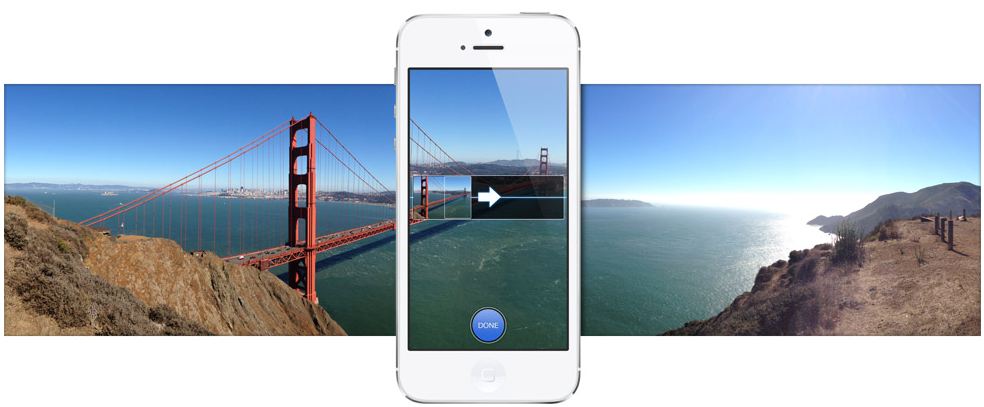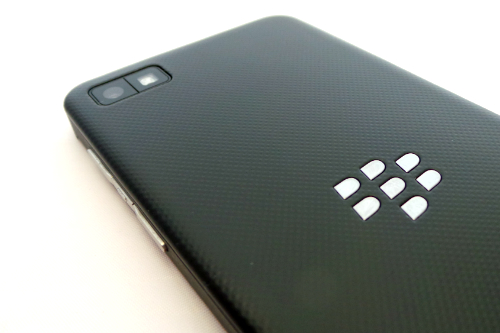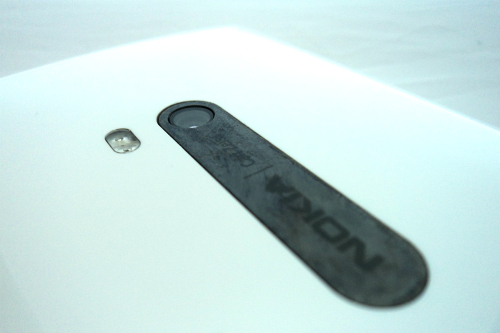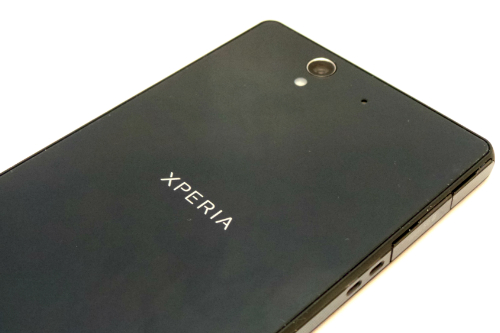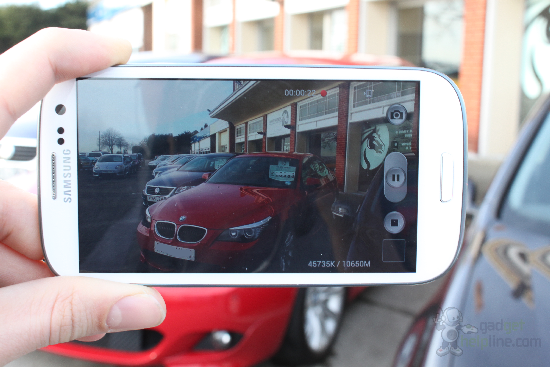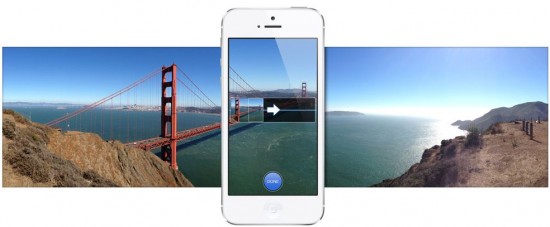Top Five Smartphones For Photography
Smartphone camera technology has evolved a great deal over the past few years but with more mobile devices now supporting a raft of new features and increased functionality, smartphones are slowly starting to have an impact upon digital camera sales.
Already this year, smartphone manufacturers have brought some exciting new developments to the fore, so we’ve taken a look at the five best handsets currently available to see how well their camera technologies shape up.
BlackBerry Z10 – Best for face recognition
The basic cameras featured on previous BlackBerry handsets were never really anything worth shouting abut, but the 8 megapixel auto-focus lens on the BlackBerry Z10 produces crisp images that are rich in colour – the best ever seen from a BlackBerry device.
While it might not be the most impressive camera of the bunch, the Z10’s image capturing capabilities have been improved thanks to the innovative Time Shift feature. Time Shift helps banish those badly timed blinks by capturing shots milliseconds before and after the shutter button is pressed.
Time Shift lets you highlight a person’s face and shift the image back or forward a few frames until you find the best facial pose. It then seamlessly merges the altered part of the picture with the rest of the image.
Nokia Lumia 920 – Best for low-light conditions
Nokia’s flagship might not have inherited the 41 megapixel snapper seen on the 808 PureView, but its 8.7 megapixel auto-focus camera does feature a slice of PureView technology. It also comes equipped with a Carl Zeiss lens to enhance the overall image quality.
The Nokia Lumia 920 has an f/2.0 lens which allows the shutter to stay open for longer so more light can pass through; an excellent function for taking pictures in low-light conditions. There is also physical image stabilisation on board which helps keep the camera sensor steady prior to the shutter button being pressed.
Microsoft’s new Lenses feature comes pre-installed on the Lumia 920, providing a helping of apps to extend camera functionality even further. For instance, Smart Shoot captures a succession of pictures, letting you combine the two best photos so you’re always left with the perfect shot.
Sony Xperia Z- Best for action shots
Featuring a 13 megapixel camera with LED flash the Sony Xperia Z’s lens is the same as the one on Sony’s previous flagship, the Xperia T. However, this time around the firm has made use of its new Exmor RS image sensor. Built on a newly-developed stacked structure, the sensor is not only more compact but brings advanced functionality to improve the quality of the resulting image.
An abundance of built-in features enhances the Xperia Z’s camera technology even further, but the most impressive is the clever Superior Auto Mode which decides on the best camera mode for your surroundings and automatically engages the correct settings. This means whether you’re capturing a dark, wintry landscape or a sunny family shot, the Xperia Z will have it covered.
There’s also the super-fast burst mode which takes an unlimited number of images at an impressive 10 frames per second. Due to the large quantity of frames produced the images will be reduced slightly to 9 megapixels, so images won’t be as crisp as pictures taken in the usual manner, but should still be stunning.
Samsung Galaxy S III – Best for capturing videos and images simultaneously
The 8 megapixel camera on the Samsung Galaxy S III has several modes and shooting options built in, but the stand-out feature is the dual-capture mode.
Despite already making an appearance on the HTC One X, this function on the Galaxy S III really comes into its own. The results it produces look great on the ample display and it’s also a really clever, flawless addition to the camera. It enables the user to take a high-quality still when the phone is recording video in Full HD 1080p.
Burst mode also makes an appearance, but in comparison to the Xperia Z, it is only capable of capturing 20 shots in 6 seconds.
iPhone 5- Best for Panoramic pictures
The iPhone 5’s 8 megapixel camera might be very similar to that on the iPhone 4S, but compared to its predecessor it can take photos 40% faster.
The lens on the iPhone 5 is protected by a durable piece of sapphire crystal which allows more light to get in; something that works well with the improved filter which enhances natural colours in shots.
Although it’s not packed with lots of different modes and settings the auto-mode never fails to produce great snaps. That said, the new dynamic low-light mode on the iPhone 5 dramatically improves images taken in darker settings by reducing the level of distortion so pictures appear clearer.
Its Panorama mode really stands out, seamlessly stitching together multiple pictures in real-time as you move your handset back and forth. Panorama mode has featured on other devices but Apple has enhanced it so you can use the function in portrait to create a taller, less expansive image. All of the pictures then quickly and accurately join together to create one large 28 megapixel photo.
Verdict
All of the cameras on these devices undoubtedly produce great results, but it is the different areas in which they excel that make them stand out from the rest of the smartphone crowd.
This level of camera functionality on a smartphone could only have been dreamt of a few years ago, and as more smartphone manufacturers try to cram the best camera technology into their mobile devices, photography on the go only looks set to get even better.
What’s your favourite feature of your phone’s camera?
